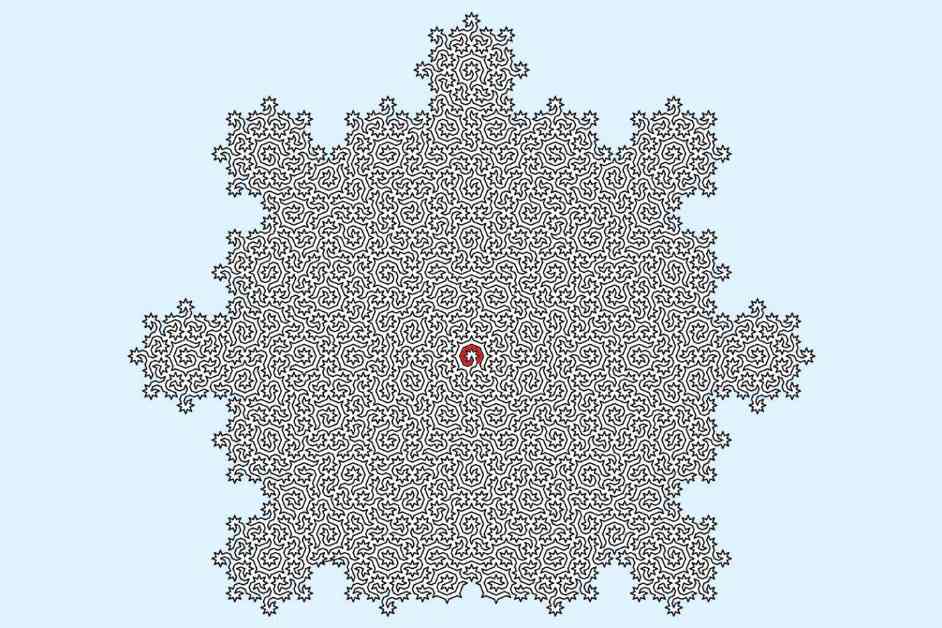Quasicrystals are a unique type of crystal with complex symmetry that can be perfect for generating intricate mazes. This discovery was made by researchers at the University of Bristol while developing an algorithm to find the most efficient path between atoms in these unusual crystal structures.
Unlike ordinary crystals, quasicrystals have more unpredictable symmetries, making them a fascinating area of study in physics and mathematics. These crystals have been created in the laboratory and even found in a meteorite, showcasing their rare occurrence in nature.
The algorithm created by the researchers can quickly map out a route that touches each atom in a quasicrystal exactly once, forming intricate maze-like structures. This process is known as an NP-complete problem in computer science, which can become increasingly complex with the number of atoms involved. However, the researchers found that certain quasicrystals surprisingly simplify the problem, making it more manageable.
The ability to efficiently map out routes in quasicrystals could have practical applications in scanning tunnelling microscopy, where atoms are sensed and imaged at the atomic level. By streamlining this process, complex images like those of quasicrystals could be created in half the time, reducing costs and increasing efficiency.
Furthermore, this technique could be used to design crystalline catalysts for industrial chemical reactions, enhancing the production of certain compounds. This innovation has the potential to revolutionize chemical processes and lead to new discoveries in the field.
Felix Flicker, one of the researchers involved in the study, believes that the applications of this technique could extend beyond what is currently known. By exploring the possibilities of using quasicrystals to solve complex problems, new uses and advancements may emerge in the future.
Overall, the exploration of the intricate labyrinths within unusual crystal structures opens up a world of possibilities for scientific research and technological innovation. The beauty and complexity of quasicrystals continue to inspire scientists to push the boundaries of what is possible in the field of physics and materials science.


